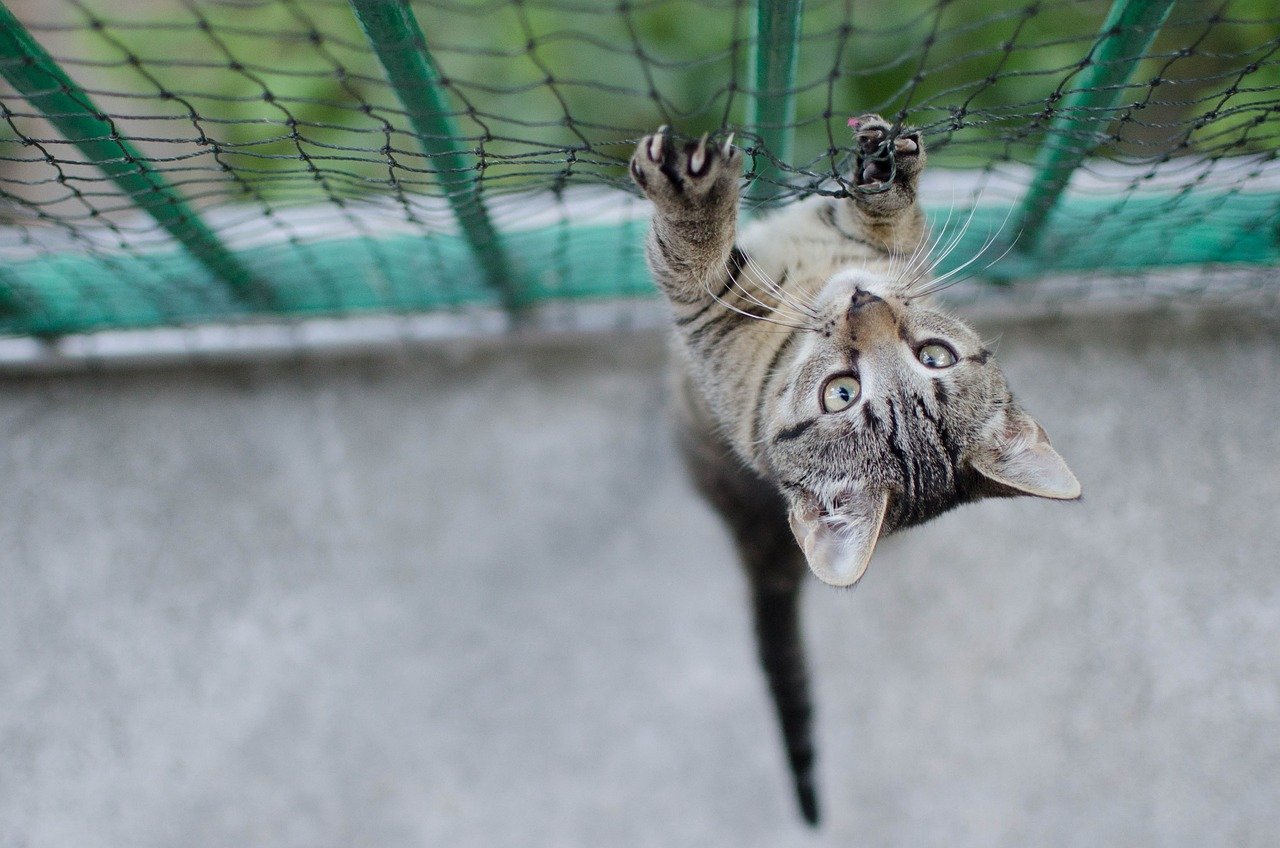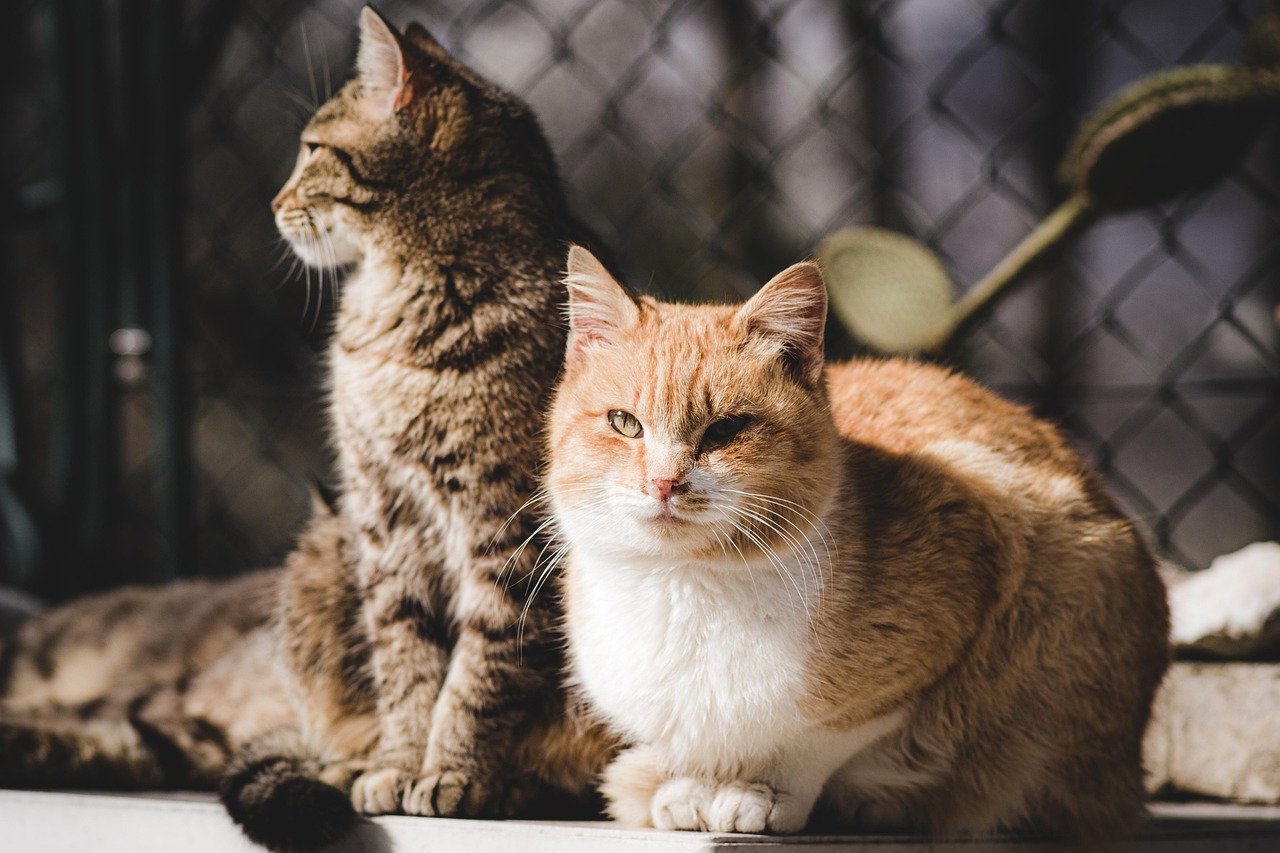Have you ever dreamed of a peaceful, purring household where two cats curl up together in the sunlight, instead of hissing and thumping in the hallway? It’s possible—yes, really! The bond between two felines can be as heartwarming as any friendship. But let’s be honest: introducing and raising two cats who don’t just tolerate each other, but actually get along, can feel like trying to mix oil and water. Luckily, with patience, understanding, and a little cat psychology, you can foster a feline duo that brings joy, not chaos, to your home. If you’re ready to turn rivalry into harmony and watch your cats become best friends—or at least peaceable roommates—this guide is for you.
Understanding Cat Social Behavior

Cats get a bad rap for being loners, but that’s not the whole story. While some are fiercely independent, many cats thrive in social groups—if the conditions are right. In the wild, related females often form loose colonies, sharing resources and even kittens. However, cats are territorial, and their idea of “personal space” can be quite different from ours. Understanding these natural instincts is crucial when introducing a second cat. It helps to remember that your home is your first cat’s world. Suddenly sharing it can feel like a threat or, on rare occasions, an invitation. Knowing this can help you empathize and manage their moods as you guide them toward friendship.
Choosing the Right Companion

Not every cat pairing is destined for harmony. Age, temperament, and even energy levels play huge roles in feline compatibility. Kittens generally adapt more quickly, but sometimes an elderly cat just wants peace and quiet, not a tiny tornado. Gender can matter too, though neutered cats of any sex can live together peacefully. It’s often best to match personalities: a playful cat with another playful cat, or a laid-back cat with a similarly chill companion. If possible, arrange a meeting before adoption, or consult an adoption counselor who knows the cats’ personalities. The right match sets the stage for a smoother introduction and a happier home.
Preparing Your Home for Two Cats

Bringing a new cat home isn’t as simple as opening the front door. Separate resources are key: two litter boxes (plus one extra!), multiple food and water stations, and plenty of cozy spots. Think of it as setting up two studios in one apartment, so neither cat feels invaded. Remove any toys or items that could spark jealousy, and make sure there are enough high perches and hiding places. A few well-placed cardboard boxes or cat trees can work wonders. By giving each cat a space to retreat, you reduce stress and the chance of territorial fights.
The Importance of Scent Swapping

Scent is a cat’s calling card, their version of “Hello, my name is…” Before any face-to-face meetings, let both cats get used to each other’s scent. This can be as simple as swapping bedding or gently rubbing a cloth on one cat and then the other. Some people even switch the cats between rooms for short periods, so they can explore each other’s turf safely. This slow, invisible introduction helps lower defenses and builds familiarity, making that first real meeting much less dramatic. Think of it as the feline equivalent of reading someone’s online profile before the first date.
Gradual Introductions: The Magic of Patience

Too much too soon can backfire. Start with a closed door between the cats, letting them sniff and listen to each other. Feed them on opposite sides of the door to create positive associations. Don’t rush—sometimes this stage lasts a week or more. Watch for relaxed body language, like playful paws under the door, or calm meowing. Only when both cats seem curious (not aggressive) should you consider a brief, supervised face-to-face session. Tiny steps build trust. Patience here pays off with fewer fights and faster acceptance.
Supervised Meetings: First Impressions Matter

When it’s time for that first actual meeting, keep the session short and sweet. Use a baby gate or keep one cat in a carrier, so they can see and smell but not touch. Watch their body language closely. Hissing or puffed-up fur means it’s time to separate and try again later. Treats and toys can help distract and reward calm behavior. Gradually increase the length of these sessions, always ending on a good note. Remember, it’s normal for cats to be wary at first—think of it as an awkward first handshake.
Recognizing Cat Body Language

Cats speak volumes without saying a word. A relaxed tail, slow blinks, and soft ears mean they’re feeling friendly. On the flip side, flattened ears, growling, or swatting signal stress or aggression. Learn to read these subtle cues so you can step in before a spat turns into a full-blown tussle. If you see tension rising, calmly separate the cats and give them a chance to cool off. Understanding their signals helps you respond proactively, keeping introductions on track and spirits high.
Managing Feeding Time

Food can spark both friendship and rivalry. Always feed your cats in separate bowls, ideally in different spots. This prevents resource guarding and ensures each cat gets their fair share. Over time, you can move the bowls closer together, but never force them to share. Some cats prefer eating alone, and that’s okay. Treats can also be a great tool for encouraging positive associations, but make sure both cats get equal attention. Think of meal times as an opportunity to reinforce peace, not competition.
Handling Litter Box Logistics

The golden rule: one litter box per cat, plus one extra. Cats are picky about their bathrooms, and forcing them to share can lead to accidents or even “revenge peeing.” Place boxes in different quiet spots, not side by side. Scoop daily to keep things fresh—no one likes a dirty bathroom, least of all a cat. Watch for signs of litter box avoidance, which can signal stress or health issues. By making sure each cat feels comfortable and secure, you’re one step closer to a peaceful household.
Establishing Safe Zones

Every cat needs a place to call their own. Set up separate safe zones with beds, blankets, and favorite toys. These can be entire rooms or just a cozy corner. If one cat feels overwhelmed, having a retreat can prevent fights and meltdowns. High perches, like cat trees or shelves, are especially popular—cats feel safer when they can watch the world from above. Respect these spaces, and teach any children or visitors to do the same. When cats have a refuge, they’re more likely to venture out and make friends on their own terms.
Encouraging Play and Bonding

Playtime isn’t just fun—it’s a way for cats to socialize and burn off steam. Use interactive toys like feather wands or laser pointers to engage both cats at once. This gives them a shared activity and helps them associate good times with each other’s company. Try not to favor one cat over the other, and always end play sessions with treats or cuddles for both. Over time, you may catch them playing together or even grooming each other—a sure sign that friendship is blossoming.
Dealing with Jealousy and Competition

It’s natural for cats to compete for your attention, especially if one feels neglected. Make sure to spend solo time with each cat every day, doing what they enjoy most—whether it’s brushing, playing, or just sitting together. Watch for subtle signs of jealousy, like one cat interrupting your cuddles with the other. Address this by giving equal praise and affection. If competition escalates to fighting, separate them and try reintroducing positive associations. Remember, you’re the glue that holds the peace together.
Health Checks and Vet Visits

Before you bring a new cat home, make sure both felines are up-to-date on vaccinations and parasite control. New additions should have a clean bill of health to prevent spreading illness. Schedule regular vet visits for both cats, and watch for signs of stress-related illness, like over-grooming or appetite changes. Introducing two cats can be stressful, so monitor their health closely during the early days. A healthy cat is a happy cat—and happy cats are more likely to get along.
Tackling Aggression and Setbacks

Even the best-planned introductions can hit a rough patch. If your cats are fighting, don’t punish them—this only increases fear and resentment. Instead, calmly separate them and give each some quiet time. Try to identify triggers: Is it food, toys, or just too much excitement? Sometimes, going back a few steps in the introduction process is necessary. Remember, setbacks are normal. Stay calm, be patient, and don’t lose hope. Many cats eventually work things out, even after a rocky start.
When to Seek Professional Help

If your cats are truly not getting along—think constant fighting, injuries, or ongoing stress—it’s time to call in reinforcements. A certified cat behaviorist can assess your situation and offer tailored strategies. Sometimes, medical issues or deep-seated fears are at play. Don’t be embarrassed to ask for help; many families have been in your shoes. A professional’s perspective can make all the difference and restore peace to your home.
Fostering Positive Associations

Cats learn by association. If every interaction with the other cat brings treats, play, or praise, they’ll start to see each other as a source of good things. Use this to your advantage: reward calm behavior, shared play, or even peaceful coexistence. Over time, these positive associations build trust and reduce tension. It’s a gradual process, but the payoff is worth it—a home where both cats feel safe and secure.
The Power of Routine

Cats are creatures of habit. A predictable routine helps them feel safe and reduces anxiety, especially during times of change. Feed, play, and cuddle at the same times each day. Keep introductions and interactions consistent, so both cats know what to expect. If you need to make changes, do so gradually. By providing stability, you make it easier for your cats to adapt to each other and accept their new “sibling.”
Managing Multi-Cat Households Long-Term

Even after a peaceful introduction, occasional squabbles can happen. Monitor your cats’ relationship and be ready to step in if tensions rise. Keep resources plentiful and maintain safe zones for each cat. Rotate toys and rearrange spaces to keep things fresh and interesting. If you plan to add a third cat, repeat the introduction process from scratch—each new addition changes the group dynamic. With time, patience, and a little luck, your multi-cat household will become a harmonious home.
Celebrating Small Victories

Progress often comes in tiny steps: a shared nap, a mutual grooming session, or even just peaceful coexistence on the same sofa. Celebrate these moments! Take photos, share stories, and remind yourself how far your cats have come. Every little victory builds their bond and your confidence as a cat parent. It’s not always easy, but those heart-melting moments make it all worthwhile.
Common Myths About Raising Two Cats

You might hear that cats are always solitary, or that two males will never get along. In reality, every cat is unique. While some pairs take to each other instantly, others need time (and lots of treats). Don’t let old myths discourage you. With patience, understanding, and the right approach, most cats can learn to live together peacefully. Sometimes, they even become inseparable friends—an outcome that’s as surprising as it is heartwarming.
Hi, I’m Bola, a passionate writer and creative strategist with a knack for crafting compelling content that educates, inspires, and connects. Over the years, I’ve honed my skills across various writing fields, including content creation, copywriting, online course development, and video scriptwriting.
When I’m not at my desk, you’ll find me exploring new ideas, reading books, or brainstorming creative ways to solve challenges. I believe that words have the power to transform, and I’m here to help you leverage that power for success.
Thanks for stopping by, Keep coming to this website to checkout new articles form me. You’d always love it!






